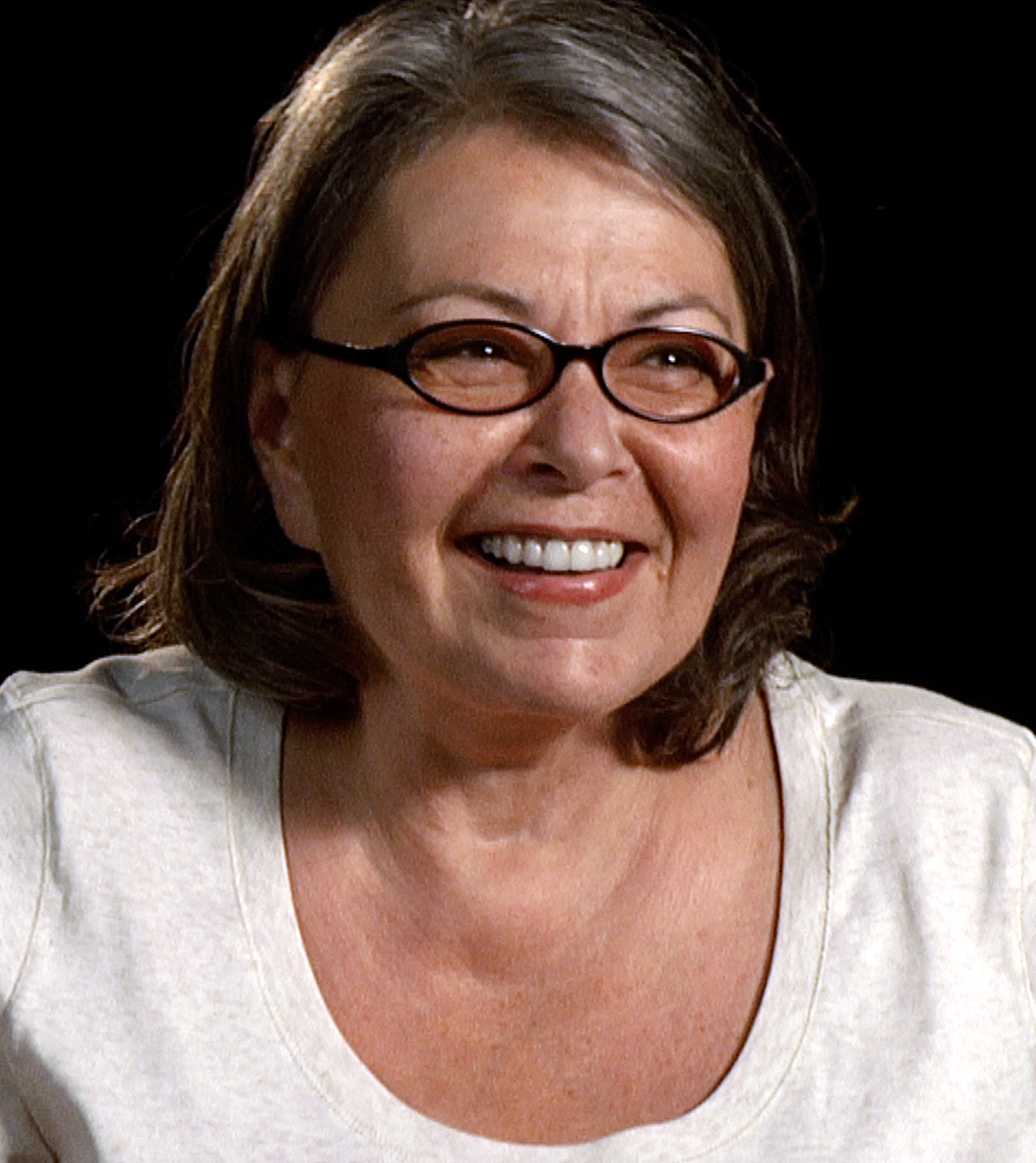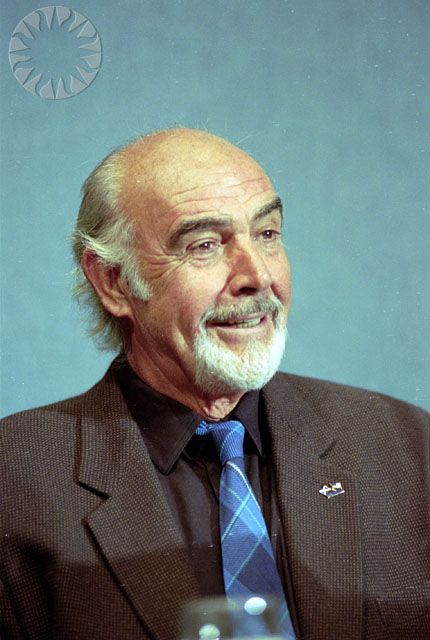
The passing of Sir Sean Connery at the age of 90 marked the end of an era, leaving behind a cinematic legacy that few can ever hope to match. He was, and for many will forever remain, the quintessential James Bond, whose unforgettable introduction — “Bond, James Bond” — launched a billion-dollar franchise and propelled him to the status of a true screen legend. Yet, to define Connery solely by his most famous role would be to overlook a career of remarkable versatility, punctuated by collaborations with master directors and performances that consistently elevated every project he touched.
From his early days as a former lifeguard and bodybuilder to his eventual knighthood, Connery cultivated a unique persona that infused his characters with a glowing, relentless presence, often described simply as “Connery.” He worked with luminaries like Alfred Hitchcock and Brian De Palma, earned an Oscar and Baftas, and masterfully portrayed everyone from soldiers to robbers and even kings. His strong, often imitated Scottish accent became a signature, making him a de facto ambassador for his native Scotland, no matter the role.
This tribute embarks on a journey through some of the most classic films of Sean Connery’s career, celebrating his profound acting range, his undeniable screen presence, and that extraordinary ability to make any character, whether central or supporting, appear larger than life. We delve into the movies that cemented his iconic status, exploring how he defied expectations and consistently delivered performances that resonate deeply with audiences, from his initial defining turns as 007 to his more experimental yet acclaimed works.

1. **Dr. No (1962)**It’s impossible to discuss Sean Connery’s filmography without starting at the very beginning of the legend: *Dr. No*. This was the movie that started it all, bringing James Bond to the big screen for the first time, and there was no better actor to bring that iconic character to life. Connery’s portrayal instantly established the suave, dangerous, and witty persona that would define Agent 007 for generations.
The film sees the iconic agent in Jamaica, dispatched to investigate the disappearance of a fellow British agent. This seemingly straightforward mission quickly escalates, leading Bond into the shadowy world of the enigmatic Dr. No. The narrative skillfully builds suspense as Bond uncovers the villain’s sinister plot to disrupt an early American space launch from Cape Canaveral with a radio beam weapon.
Connery’s performance in *Dr. No* set the precedent for every actor who had the honor of portraying the iconic character after him. His blend of raw masculinity, sophisticated charm, and deadly efficiency instantly captivated audiences, laying the groundwork for one of the biggest movie franchises in history. It was here that “Bond, James Bond” entered the cinematic lexicon, forever etched in popular culture.
Read more about: Beyond the Tuxedo: Unpacking Sean Connery’s Most Cherished Role and the Unforgettable Performances That Defined a Legend

2. **From Russia With Love (1963)**Following the groundbreaking success of *Dr. No*, Connery returned for his second outing as James Bond in 1963’s *From Russia With Love*. This film is widely acknowledged by fans and critics alike as one of the best films in the series, often cited as a definitive example of early Bond cinema. It deepened the character’s appeal and solidified Connery’s reign as the ultimate secret agent.
The critical and commercial success of *Dr. No* convinced Bond creator Ian Fleming, who initially envisioned other actors for the role, of Connery’s undeniable suitability. It was with *From Russia With Love* that Connery truly grew on the novelist, validating the casting choice and cementing the actor’s place in the Bond canon. The film’s intricate plot and more serious tone allowed Connery to showcase further depth.
Fans acknowledge that the best films in the series remain the early ones, and *From Russia With Love* stands tall among them. It built upon the foundation of its predecessor, delivering a more complex narrative, thrilling action sequences, and a heightened sense of espionage. Connery’s commanding presence and growing comfort in the role made this a standout chapter in the 007 saga.
Read more about: Remembering Sir Sean Connery: An In-Depth Look at the Enduring Legacy of a Cinematic Titan

3. **Goldfinger (1964)**If *Dr. No* started the franchise and *From Russia With Love* solidified it, then *Goldfinger* is arguably where classic Bond reached its zenith. Sean Connery played the super spy for the third time in this 1964 masterpiece, which many consider not just Sean Connery’s best Bond movie, but the best Bond movie ever made. It’s a film that truly has everything a movie of its kind needs, becoming the benchmark for all future spy thrillers.
From the unforgettable villainous portrayal by Gert Frobe as Auric Goldfinger to Shirley Bassey’s iconic opening track that perfectly encapsulates the film’s glamorous and dangerous world, *Goldfinger* is a masterclass in cinematic spectacle. And, of course, it features Her Majesty’s coolest and deadliest servant at the peak of his powers, delivering wit, charm, and lethal action in equal measure. Connery’s indelible performance here is what truly defined an era and a style for the character.
The plot sees our main character investigating gold smuggling by the infamous gold magnate Auric Goldfinger, a task that leads him to uncover a far more audacious scheme. Bond eventually uncovers Goldfinger’s plans to contaminate the United States Bullion Depository at Fort Knox, a plot of such grand scale that it cemented the film’s reputation for audacious villains and high stakes. The wit and charm Connery portrayed on screen could be measured in megawatts, and he helped create the modern blockbuster with this film.
Read more about: Revving Up the Past: 14 Iconic Retro Cars and Classic Features Making a Roaring Return in 2025!

4. **The Hill (1965)**Stepping away from the sophisticated world of espionage, Sean Connery delivered a starkly different yet equally compelling performance in Sidney Lumet’s 1965 gritty military drama, *The Hill*. This film showcased Connery’s dramatic prowess beyond the confines of his famous secret agent persona, proving his versatility and commitment to challenging roles.
Set inside a British army prison in North Africa during WWII, *The Hill* delves into the brutal and dehumanizing aspects of military discipline. Connery’s character, a former Squadron Sergeant Major, is convicted of assaulting a commanding officer. His punishment is a grueling ordeal: he is forced to climb an artificial hill over-and-over again under the blistering hot sun, a physical and psychological torment that tests his endurance to its limits.
This role allowed Connery to shed the suave glamour of Bond and embody a raw, defiant character facing extreme adversity. His powerful portrayal of a man resisting an oppressive system underscored his ability to anchor intense dramas. *The Hill* remains a testament to Connery’s range, highlighting his capacity to inhabit complex characters with depth and conviction, making it a crucial film in understanding his artistic contributions beyond the 007 franchise.
Read more about: Beyond the Tuxedo: Unpacking Sean Connery’s Most Cherished Role and the Unforgettable Performances That Defined a Legend

5. **Zardoz (1974)**In a career filled with iconic and often mainstream roles, *Zardoz* stands out as a truly unique and audacious venture. Directed by the visionary John Boorman, who otherwise went down in the annals of cinema with the classic *Deliverance* (1972), this 1974 sci-fi extravaganza presented Sean Connery in a role no one expected: an assassin acting on the orders of a giant floating stone head.
The film’s surreal premise and avant-garde aesthetic meant that only a few people at that time were able to truly appreciate *Zardoz*. It was a bold departure, featuring Connery in an infamous red thong and boots, embodying a character named Zed in a post-apocalyptic world. His willingness to embrace such an unconventional project demonstrated his artistic courage and desire to experiment beyond commercial expectations.
While undoubtedly polarizing, *Zardoz* has garnered a cult following over the years for its sheer originality and philosophical depth. It is a film that demands to be seen, if only for the sheer audacity of its existence and Connery’s committed performance within its bizarre framework. It remains a fascinating, if perplexing, testament to his willingness to take risks and challenge audience perceptions of his star persona.
Read more about: Beyond the Tuxedo: Unpacking Sean Connery’s Most Cherished Role and the Unforgettable Performances That Defined a Legend
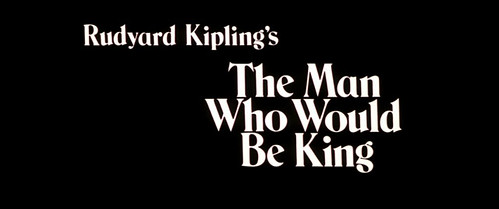
6. **The Man Who Would Be King (1975)**Following the experimental foray of *Zardoz*, Sean Connery returned to more classic adventure fare with John Huston’s masterful 1975 adaptation of Rudyard Kipling’s novella, *The Man Who Would Be King*. This film is frequently cited as one of Connery’s favorite roles and stands as one of the best from his post-‘60s Bond period, truly showcasing his acting range and screen presence.
In this epic tale, Connery is perfectly paired with his friend and frequent co-star Michael Caine. They portray two British sergeants, Daniel Dravot (Connery) and Peachy Carnehan (Caine), who set out for adventure in 19th-century India with a grandiose plan to create their own empire in the remote province of Kafiristan. Their audacious scheme leads to incredible exploits and eventual tragedy, cementing their characters in cinematic history.
The narrative unfolds as these adventurers, finding themselves in the faraway land of Kafiristan, encounter the native people. Through a series of events, one of them, Daniel Dravot, is mistaken for a deity by the natives and is treated like royalty. Connery’s portrayal of Dravot, a man swept up in his own megalomaniac vision, is both commanding and ultimately poignant, making the film a powerful exploration of ambition, fate, and colonial hubris.
Read more about: Beyond the Tuxedo: Unpacking Sean Connery’s Most Cherished Role and the Unforgettable Performances That Defined a Legend

7. **Time Bandits (1981)**Stepping into the fantastical realm of Terry Gilliam, Sean Connery graced the screen in 1981’s *Time Bandits*, a delightful low-budget fantasy film that further illuminated his remarkable versatility. Here, Connery took on the role of King Agamemnon, a character that, surprisingly, director Gilliam and co-writer Michael Palin had described in the original script as needing to be “exactly like Sean Connery, or an actor of equal but cheaper greatness.” This playful casting note speaks volumes about Connery’s inherent king-like aura and the sheer strength of his screen presence.
This venture showcased a different, more whimsical side of Connery, a stark contrast to his sophisticated spy or hardened military man. The film, a wild romp through history with a young boy and a band of time-traveling dwarfs, allowed Connery to embody a benevolent monarch with a touch of gravitas and a twinkle in his eye. It was a testament to his willingness to embrace projects that defied easy categorization, demonstrating an artistic courage to move beyond the expected.
Connery, a declared fan of Terry Gilliam’s Monty Python Flying Circus comedy troupe, brought his signature charisma to the role without overshadowing the film’s unique, quirky tone. His performance as Agamemnon was not merely a cameo but an integral part of the narrative’s heart, providing moments of unexpected tenderness and wisdom amidst the chaos. It solidified his reputation as an actor who could elevate any material, regardless of its genre or scale, making him a true collaborator in Gilliam’s distinctive cinematic vision.
Read more about: Beyond the Tuxedo: Unpacking Sean Connery’s Most Cherished Role and the Unforgettable Performances That Defined a Legend
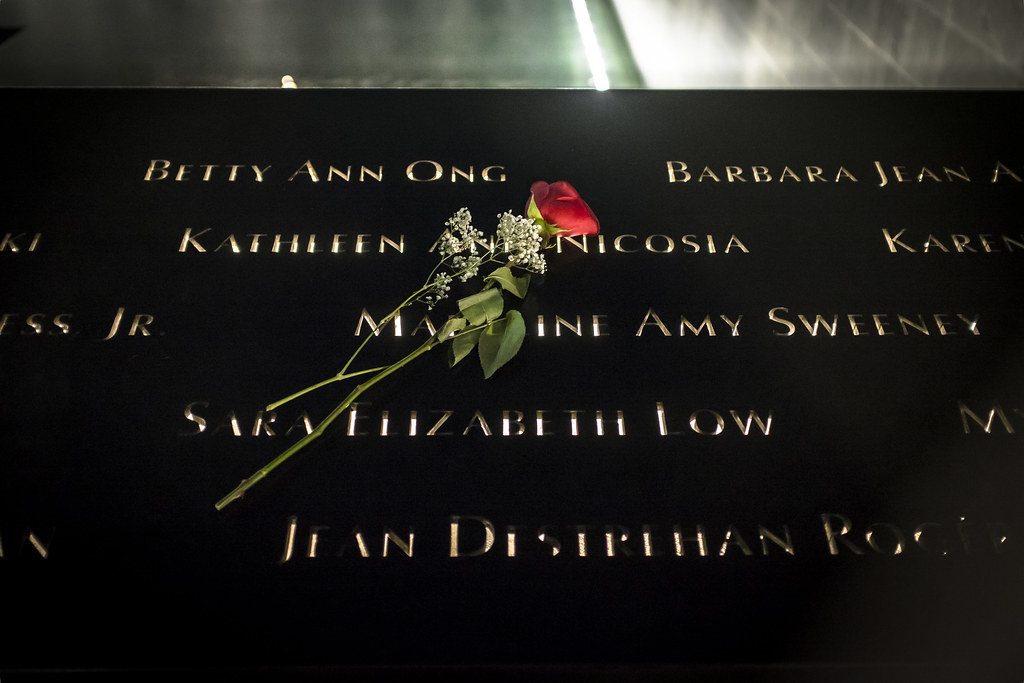
8. **The Name of the Rose (1986)**In a profound shift towards intellectual and historical drama, Sean Connery delivered a masterful performance in Jean-Jacques Annaud’s 1986 adaptation of Umberto Eco’s acclaimed novel, *The Name of the Rose*. Set in a medieval monastery, Connery starred as the astute Franciscan friar William of Baskerville, tasked with investigating a series of mysterious deaths. This role offered him a magnificent canvas to demonstrate his sharp intellect and commanding presence, relying on deduction and wisdom rather than brute force.
Paired with a young Christian Slater as his devoted novice, Adso of Melk, Connery’s William of Baskerville was a figure of quiet authority and keen observation. The film is a labyrinthine mystery, demanding a performance that could navigate complex theological debates, cryptic clues, and the grim realities of monastic life. Connery rose to the challenge, portraying a character who was both deeply pious and fiercely rational, struggling against superstition and rigid dogma to uncover the truth.
His portrayal was universally lauded, earning him a BAFTA Award for Best Actor, further cementing his critical acclaim beyond his more commercially oriented blockbusters. It was a powerful reminder of his origins as a serious dramatic actor, showcasing an ability to inhabit characters with immense psychological depth and historical authenticity. *The Name of the Rose* stands as a pivotal film, marking a period where he consciously pursued more challenging and character-driven roles with immense success.
Read more about: Beyond the Tuxedo: Unpacking Sean Connery’s Most Cherished Role and the Unforgettable Performances That Defined a Legend
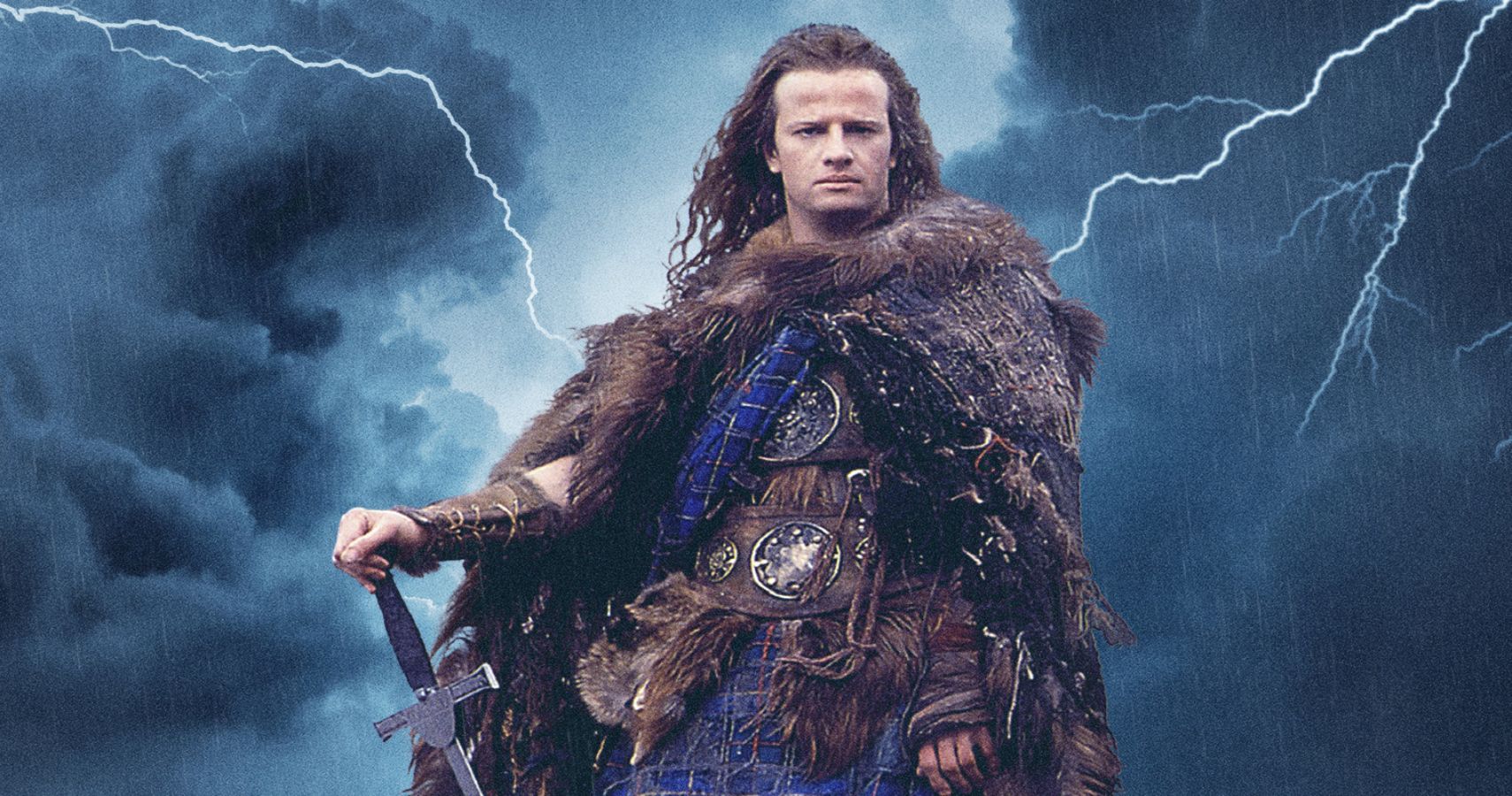
9. **Highlander (1986)**Returning to the realm of fantasy, but with a distinctly more action-oriented edge, Sean Connery brought his legendary charisma to Russell Mulcahy’s 1986 cult classic, *Highlander*. In a role that admittedly raised a few eyebrows—portraying Juan Sánchez Villa-Lobos Ramírez, an Egyptian-Spanish immortal—Connery was undeniably “hugely entertaining” and unforgettable. His performance, alongside Christopher Lambert’s Scottish nobleman Connor MacLeod, became one of the film’s most celebrated aspects, injecting it with gravitas and a captivating, exotic flair.
As Ramírez, Connery served as the wise and flamboyant mentor to MacLeod, instructing him in the ways of immortal sword fighting. Despite the often-quoted quibble about his ethnicity for the role, Connery’s larger-than-life presence and distinctive Scottish accent lent the character an iconic, almost mythical quality. He elevated every scene he was in, delivering his lines with a theatrical flourish and a knowing wink, making him instantly endearing to audiences and a cornerstone of the film’s enduring popularity.
The film, with its unique premise of immortal warriors battling across centuries, thrived on its blend of action, fantasy, and dramatic mentorship. Connery’s portrayal was critical in grounding the more outlandish elements of the story, providing a strong, memorable anchor for the narrative. *Highlander* reinforced Connery’s unique ability to transcend conventional casting and leave an indelible mark on any project, proving his versatility across the cinematic spectrum.
Read more about: Beyond the Tuxedo: Unpacking Sean Connery’s Most Cherished Role and the Unforgettable Performances That Defined a Legend
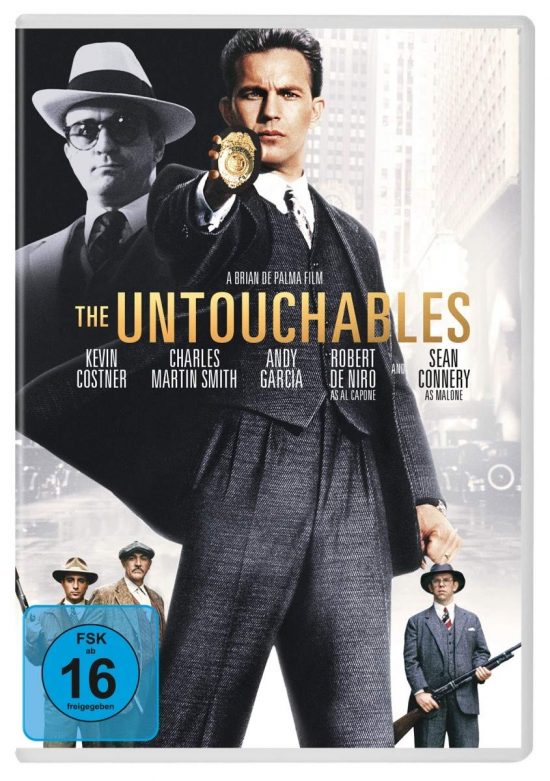
10. **The Untouchables (1987)**The year 1987 saw Sean Connery deliver one of his most iconic and critically lauded performances in Brian De Palma’s Prohibition-era crime drama, *The Untouchables*. This film, a gripping retelling of Federal Agent Eliot Ness’s efforts to bring down Al Capone, was a cinematic triumph, featuring a stellar cast including Kevin Costner as Ness and Robert De Niro as the notorious gangster. However, it was Connery’s portrayal of the grizzled, incorruptible Irish police officer Jim Malone that truly stole the show and earned him significant accolades.
Connery’s Malone was the moral compass and the unwavering backbone of Ness’s ragtag team, a man hardened by years on the streets but still driven by a fierce sense of justice. His performance was raw, powerful, and deeply moving, injecting the film with a much-needed dose of gritty realism and emotional depth. The dynamic between Connery’s veteran cop and Costner’s idealistic agent formed the heart of the narrative, creating a compelling mentor-mentee relationship that resonated with audiences.
His exceptional work in *The Untouchables* culminated in Connery taking home the Academy Award for Best Supporting Actor, a momentous victory that solidified his standing as an actor of unparalleled dramatic weight and skill. This Oscar win was a powerful testament to his ability to elevate even a supporting role to an unforgettable tour-de-force, proving that he was much more than just a leading man. Kevin Costner himself called Connery “the biggest star that I ever worked with” and lauded his ability to be “incredibly inclusive.”
The impact of Connery’s performance extended far beyond the awards season. Jim Malone became one of his most beloved characters, a testament to his ability to craft memorable, complex figures. Robert De Niro also paid tribute, stating, “He seemed much younger than 90; I expected – and hoped – he’d be with us much longer.” This film not only showcased his dramatic range but also underscored his relentless presence, enriching cinema with his unique artistry for decades to come.
Read more about: Beyond the Tuxedo: Unpacking Sean Connery’s Most Cherished Role and the Unforgettable Performances That Defined a Legend
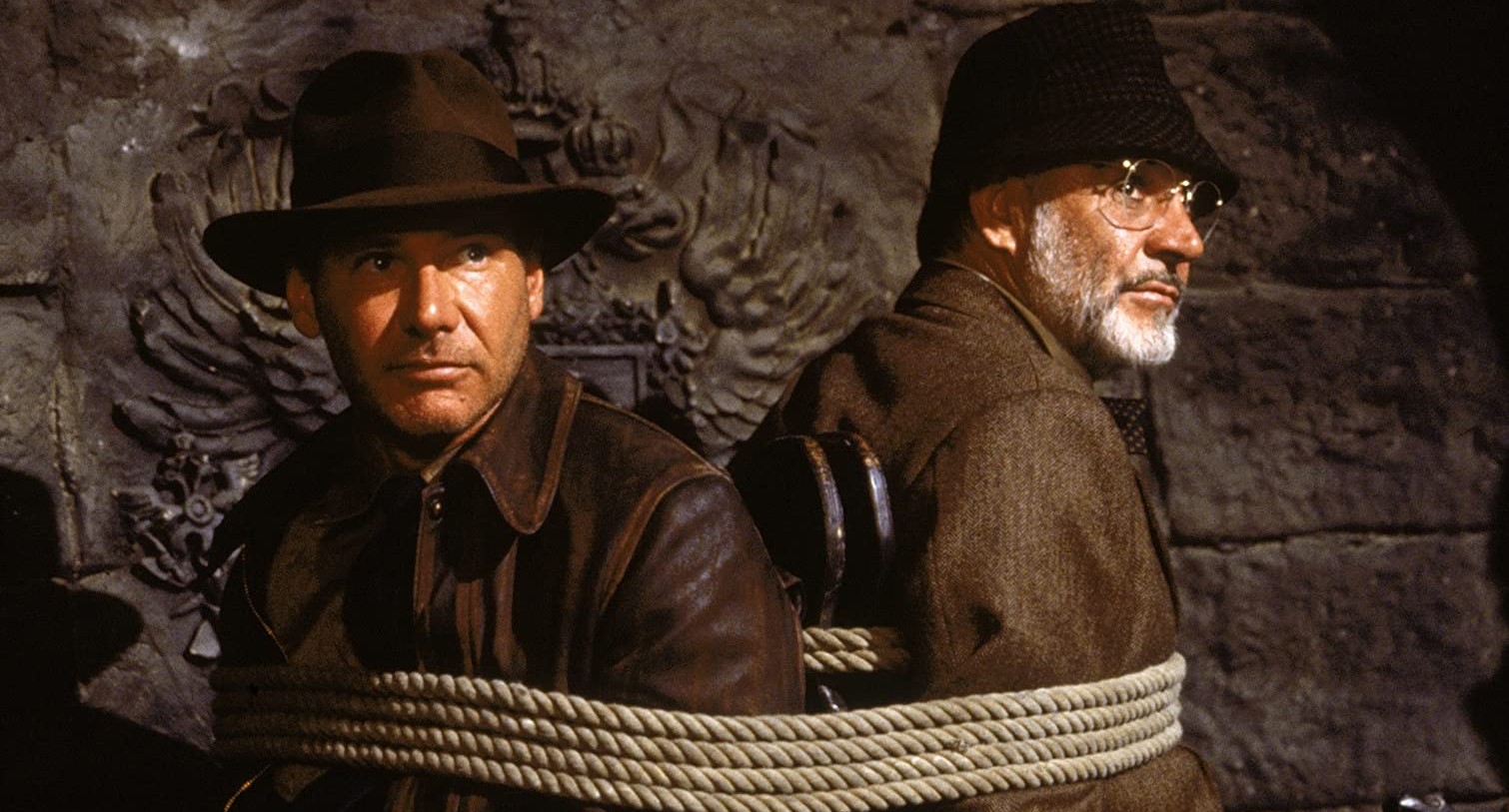
11. **Indiana Jones and the Last Crusade (1989)**In a move that delighted audiences worldwide, Sean Connery joined forces with Harrison Ford and director Steven Spielberg for the hugely popular 1989 adventure film, *Indiana Jones and the Last Crusade*. Connery took on the cherished role of Professor Henry Jones, Sr., the estranged, academically focused father of the iconic archaeologist Indiana Jones. This casting was a stroke of genius, injecting the franchise with a new dynamic that brought both humor and heart to the swashbuckling saga, becoming an instant classic.
The film’s central narrative brilliantly wove together the quest for the Holy Grail with the complex, often humorous, relationship between father and son. Connery’s portrayal of Henry Jones, Sr. was a masterclass in comedic timing and understated intellectualism, a stark contrast to his son’s more physical approach to adventure. Director Steven Spielberg, with this “father-son story” reportedly close to his heart, found the perfect actor to bring depth and a delightful curmudgeonly charm to the character, forming the film’s emotional core.
Connery’s verbal sparring with Ford provided some of the film’s most memorable moments, showcasing his exceptional ability to blend wit with a genuine paternal warmth. He deftly navigated the film’s blend of action, historical intrigue, and character-driven comedy, proving he could hold his own against Hollywood’s biggest stars while adding layers of emotional resonance. This role not only earned him a new generation of admirers but also demonstrated his remarkable range, ensuring “movie fans who grew up in the 1980s will always cherish his role.”
Read more about: Beyond the Tuxedo: Unpacking Sean Connery’s Most Cherished Role and the Unforgettable Performances That Defined a Legend
.jpg)
12. **The Hunt for Red October (1990)**As the 1990s dawned, Sean Connery continued to demonstrate his cinematic prowess in the high-stakes Cold War thriller, *The Hunt for Red October*. Directed by action maestro John McTiernan and based on Tom Clancy’s best-selling novel, this film was one of the biggest blockbusters of 1990, largely due to Connery’s “completely convincing” performance as the enigmatic Soviet submarine commander, Captain Marko Ramius. He brought immense gravitas and moral complexity to a role requiring strategic cunning and deep-seated conviction.
Connery’s portrayal of Ramius, a man attempting to defect to the American side with his state-of-the-art submarine, was nothing short of captivating. He expertly conveyed the character’s internal conflict and unwavering determination, making the audience believe in his dangerous gambit. Despite his distinctive Scottish accent, Connery’s commanding presence on screen made him utterly believable as a powerful Soviet military leader, a testament to his sheer acting power and ability to transcend nationality.
The tension-filled narrative, set beneath the icy waters of the Atlantic, was perfectly suited to Connery’s stoic yet intense acting style. He anchored the film with a performance that was both cerebral and deeply emotional, portraying a character driven by principle and a profound sense of responsibility. As co-star Sam Neill observed, “Every day on set with Sean Connery was an object lesson in how to act on screen.” This film showcased Connery’s remarkable ability to lead a major Hollywood production while delivering a performance rich in nuance and psychological depth.
**An Enduring Legacy: The Unforgettable Sean Connery**
As we conclude this tribute to Sir Sean Connery, it becomes abundantly clear that his impact on cinema stretches far beyond any single role or genre. From his initial definitive turns as the iconic James Bond to the diverse, challenging, and often unexpected characters he embraced, Connery consistently left an indelible mark. He was a force of nature on screen, possessing an unparalleled ability to infuse every character with a unique blend of strength, wit, and an undeniable human touch.
His journey from a former lifeguard to an Oscar-winning actor and knighted screen legend is a testament to his relentless passion for his craft. Collaborating with cinematic giants like Alfred Hitchcock, John Huston, Brian De Palma, and Steven Spielberg, he proved his adaptability and willingness to take risks, often shining brightest in roles that defied expectations. Whether he was a cunning spy, a defiant soldier, a wise friar, a flamboyant immortal, or a loving, curmudgeonly father, Connery’s essence permeated every performance.
Read more about: Beyond the Tuxedo: Unpacking Sean Connery’s Most Cherished Role and the Unforgettable Performances That Defined a Legend
The “Connery” persona – that glowing, relentless presence coupled with his unmistakable Scottish brogue – became his signature. His passing at 90 marked the end of an era, but his influence continues to resonate, shaping the craft of acting and filmmaking for generations. His films are more than just entertainment; they are a celebration of an artist who mastered the art of making the ordinary extraordinary, and the larger-than-life utterly believable. Sean Connery was, and forever will remain, one of cinema’s true greats.



